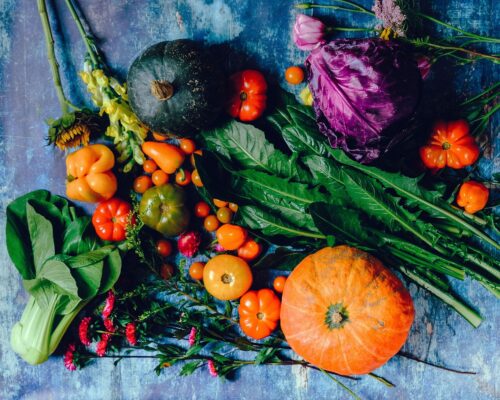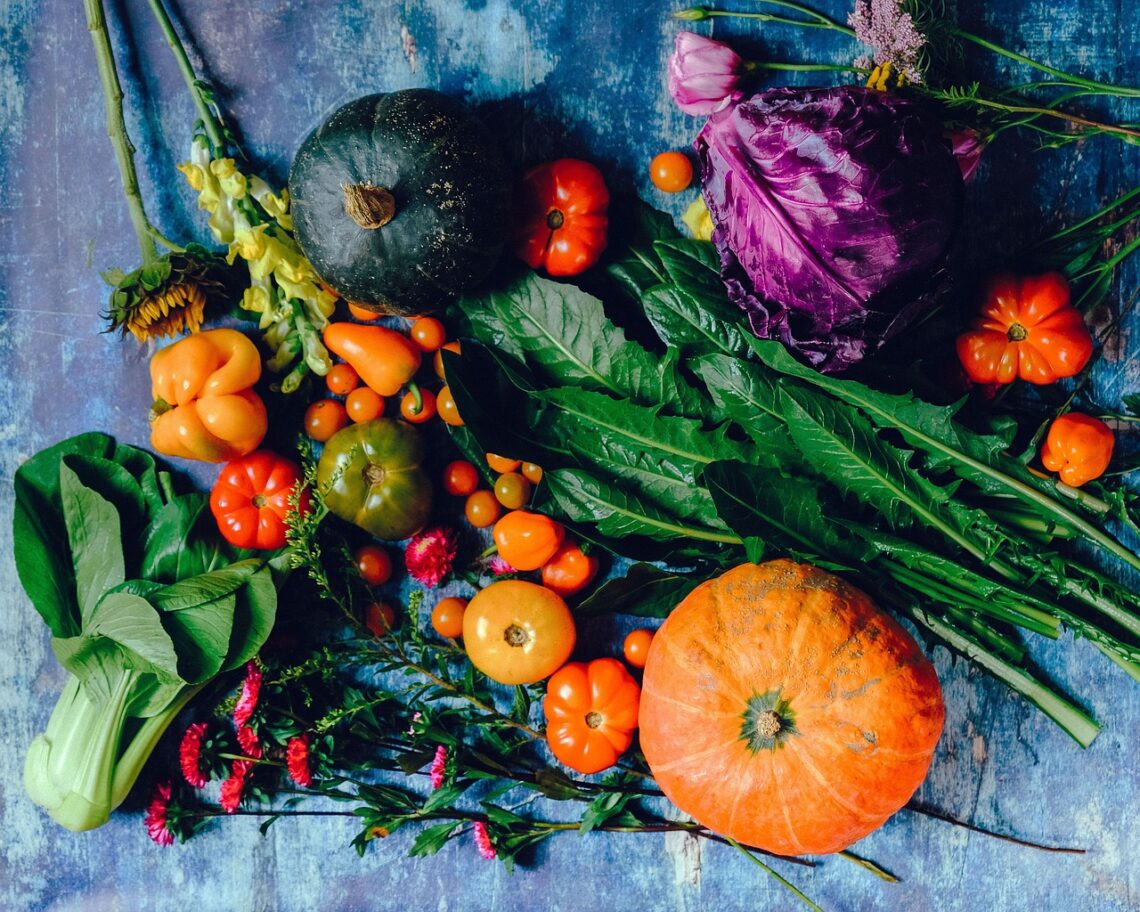Start a Vegetable Garden in the Fall that Thrives in Winter, and you can continue to relish soups and sauces with healthy veggies.
Starting a Vegetable Garden in the Fall that thrives in Winter offers a constant harvest in the colder months. You can grow spinach, kale, and Brussels sprouts, and spinach can tolerate frost and even enhance the flavor when the temperature drops. By choosing the right options and proper planning, you can relish fresh, homegrown produce across the winter.
Vegetable Garden in Fall that Thrives in Winter-Best Options

1. Kale
A winter garden is incomplete without many varieties of kale. When the temperature drops in late fall, the taste of kale improves. You can grow varieties like ‘Winterbor’, which grows up to 3 feet tall with dark blue-green curly leaves, and ‘Red Russian’, which has gray-green leaves and purple stems in fall.
2. Savoy Cabbage
During fall, crops need to be transplanted in late July to mid-September; start seeds 5 or 6 weeks before your expected last frost date. In cold areas, savoy cabbage needs to be transplanted early, whereas in warm regions, transplanted later.
3. Chard
You can grow cold, hardy Swiss chard in late summer; the green will be ready for harvest in 55 days after sowing seeds. While harvesting, pick old leaves first so small foliage continues to grow.
4. Leeks
Leeks are planted in the cool weather of early spring and fall; you can harvest them at any time of the year according to the variety and time of planting when they are large enough to consume.
5. Spinach
This cool-weather crop grows in a short period of time, even in mild weather of spring and fall. Start growing spinach in late winter or early spring for fast yield and again in late summer and early fall.
Note: Growing spinach in the tropics and subtropics is quite simple all year.
6. Brussels Sprouts
Brussels sprouts are a cool-season crop that tastes great in cool air temperatures. Start growing in mid-summer to early fall for early winter harvest.
Note: If you are living in a frost-free climate with mild winter, fall and winter are the best time to start Brussel sprouts for winter and spring harvest.
7. Parsnips
Tasty parsnip needs to experience at least two weeks of constant temperatures between 32-40 (0-4 C). You can harvest parsnip in late fall or early winter when its aerial foliage is wilted from frost.
8. Radishes
You can grow radishes from seeds, start propagation indoors in spring, and continue to do it every other week for a regular harvest. Grow radishes till early summer and stop, then start again from late summer or early fall till early winter.
9. Arugula
Plant arugula in mid-September and harvest the crop in winter. It will continue to grow in the first frost and become semi-dormant for the winter. Arugula will grow again in late February to early March.
10. Broccoli
For fall or winter harvest, transplant the seedlings in the garden during summer. In regions with mild winters, broccoli can be planted in the fall.
11. Lettuce
Lettuce is a cool-season crop that can be planted in fall and winter easily; winter lettuce can be planted from August to November, so it will be great to sow or plant successively for uninterrupted harvest.
12. Carrots
Carrots can be grown in almost every climate (USDA Zones 3-11); you can begin planting seeds 2-3 weeks before the last frost date and continue across the growing season until eight weeks before the scheduled average first frost date.
Note: If you live in a hot climate (USDA Zones 9b-11), wait until the weather turns cool and grow carrots after summer in fall and winter.
13. Scallions
Scallions produce long green tops with white stalks; sow the seeds in September, so you have the first harvest in mid-November. With the right care, you can harvest tasty scallions all winter long.



